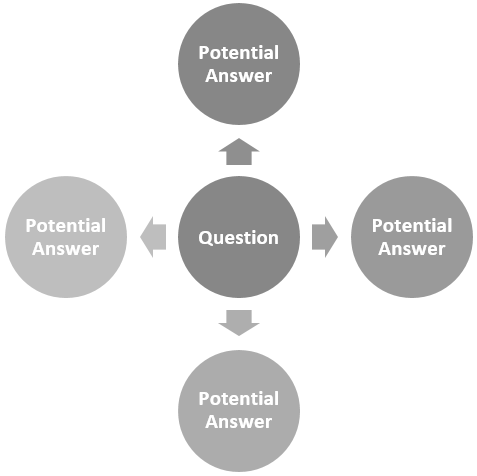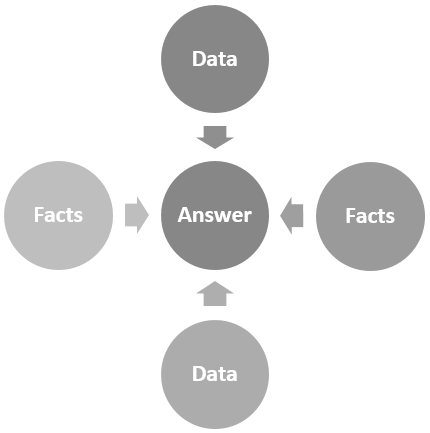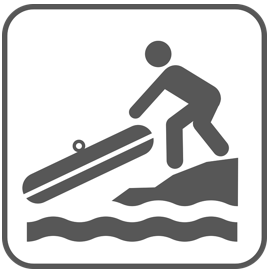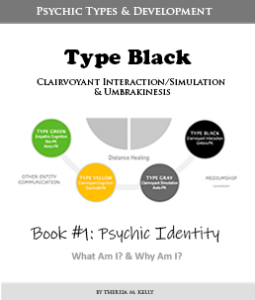- What Can I Tweak & How: Personality & Activity (Type Gray)
- How To Become A Type Gray Extreme: Introversion (Type Gray)
- How To Become A Type Gray Extreme: Introversion II (Type Gray)
- How To Become A Type Gray Extreme: Thinking (Type Gray)
- How To Become A Type Gray Extreme: Thinking II (Type Gray)
- How To Become A Type Gray Extreme: Thinking III (Type Gray)
- How To Become A Type Gray Extreme: Thinking IV (Type Gray)
- How To Become A Type Gray Extreme: Thinking V (Type Gray)
- I Want To Be More Type Yellow (Type Gray)
- I Want To Be More Type Yellow II (Type Gray)
- I Want To Be More Type Green (Type Gray)
- I Want To Be More Type Green II (Type Gray)
- I Want To Be More Type Black (Type Gray)
- I Want To Be More Type Black II (Type Gray)
- I Want To Be More Type Red (Type Gray)
- I Want To Be More Type Red II (Type Gray)
- I Want To Be More Type Blue (Type Gray)
- I Want To Be More Type Blue II (Type Gray)
- I Want To be More Type White (Type Gray)
- Shifting Psychic Modes (Type Gray)
- Change Psychic Dreams From Realistic to Unrealistic (Type Gray)
- Change Psychic Dreams into Empathy and Intuition I (Type Gray)
- Change Psychic Dreams into Empathy and Intuition II (Type Gray)
- Change Psychic Dreams into Altered State Hallucinations
- Changing Output Dreams (Type Gray)
TYPE GRAY EXTREME: THINKING II
Get well acquainted with open ended problems (questions that involve more than one word answers) and focus a fair amount of your thought processes to seeing relationships and associations in the information your learn and pick up on. Get your creative thinking and logical thinking revved up together by trying to reinterpret random things throughout your day.
 Pick out a random object and think of a way to use it not for its intended purpose, then test it out in your spare time. Whether it involves using the object as it is, or converting it slightly, get to work.
Pick out a random object and think of a way to use it not for its intended purpose, then test it out in your spare time. Whether it involves using the object as it is, or converting it slightly, get to work.
You can start with things around the office and around the home. Read up on “life hacks” and “upcycling” because this is exactly what you will be doing. Objects can be furniture, tools, and electronics (if you are electrically inclined), recycled materials, or even trash (like that perfectly good glass container you just threw out, it’s not just for pasta sauce).
The possibilities are endless, so keep your eyes and mind open, and use this type of thinking often, “divergent thinking.”
Again,
- Do your research.
- Identify strengths and weaknesses.
- Plan your approaches.
- Apply and monitor your strategies.
- Reflect on the degree to which your current approach is working, or not working.
- Write it down, keep logs, and keep notes.
It’s OK to look for the logical solutions to problems, but don’t forget to look for creative solutions too, and keep your empathy on-board if your analysis involves people. It’s ok to be task-oriented too, as long as you make time for critical and creative thinking.
Convergent thinking is important (being able to give a single correct answer to a standard problem), but it shouldn’t be your only method of thinking. If it is, it will end up working against you, rather than for you by limiting your options and solutions.
 Plan things out to the last detail, but remember to make time for spontaneous adventures too.
Plan things out to the last detail, but remember to make time for spontaneous adventures too.
Organize your ideas and strategies. You can do this with concept maps, mind maps, and timelines.
Plan things out not just by focusing on the future, but also considering and with a stronger focus on the present and past.
Learn from the past, live in the present, but plan for the future. Don’t get to deep into the planning process though. It’s one thing to plan, it’s another thing to expect things to actually work out that way.
 Think of life as similar to whitewater rafting. Your plan is to make it from start to finish without busting your raft, falling out of your raft, or flipping over.
Think of life as similar to whitewater rafting. Your plan is to make it from start to finish without busting your raft, falling out of your raft, or flipping over.
If you try to plan a specific route, you’re going to end up disappointed, because you’re going with the flow; so chart as you go and stay flexible.
Apply new knowledge, observe the results, and refine your approaches over time. Avoid convincing yourself that you got it 100% right the first time. There is ALWAYS room for improvement. So don’t sell yourself short by getting stuck in your ways and remember that “wrong” and “not entirely right” are not the same thing.









